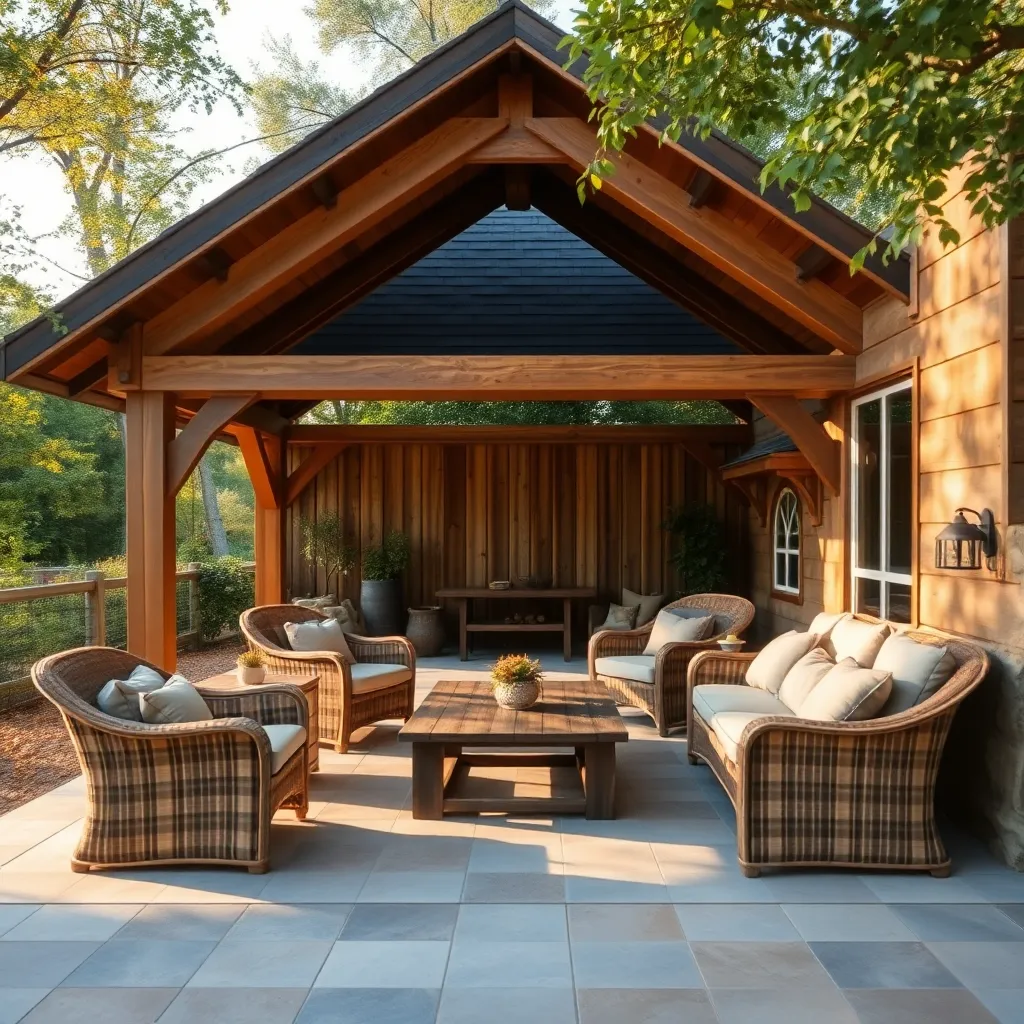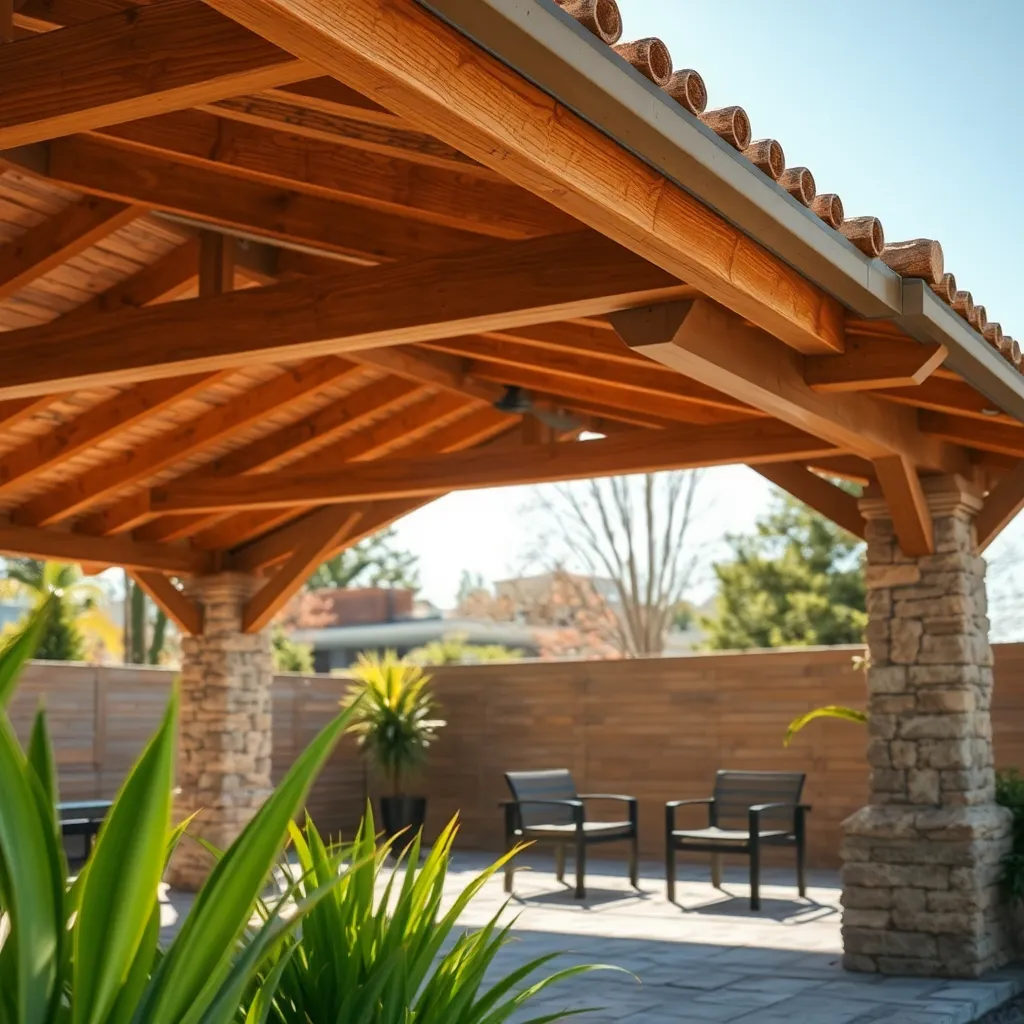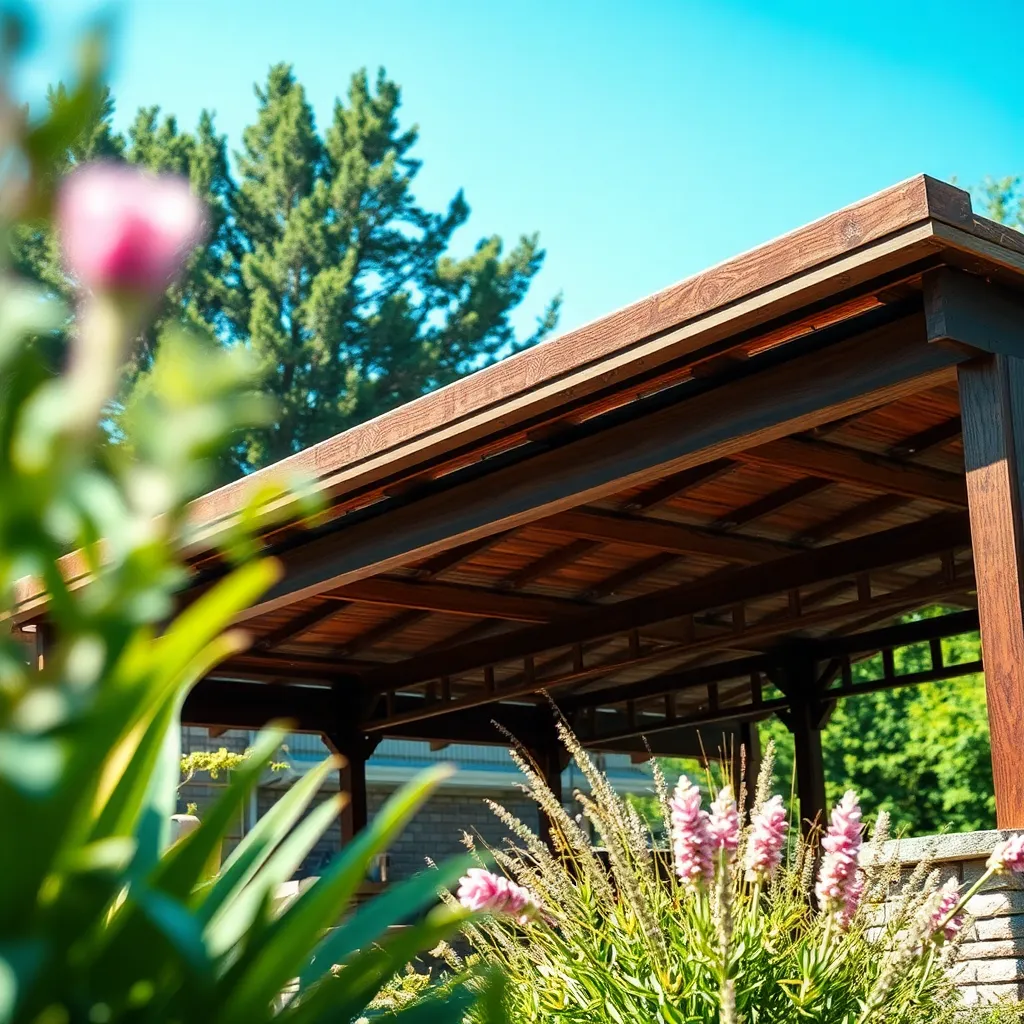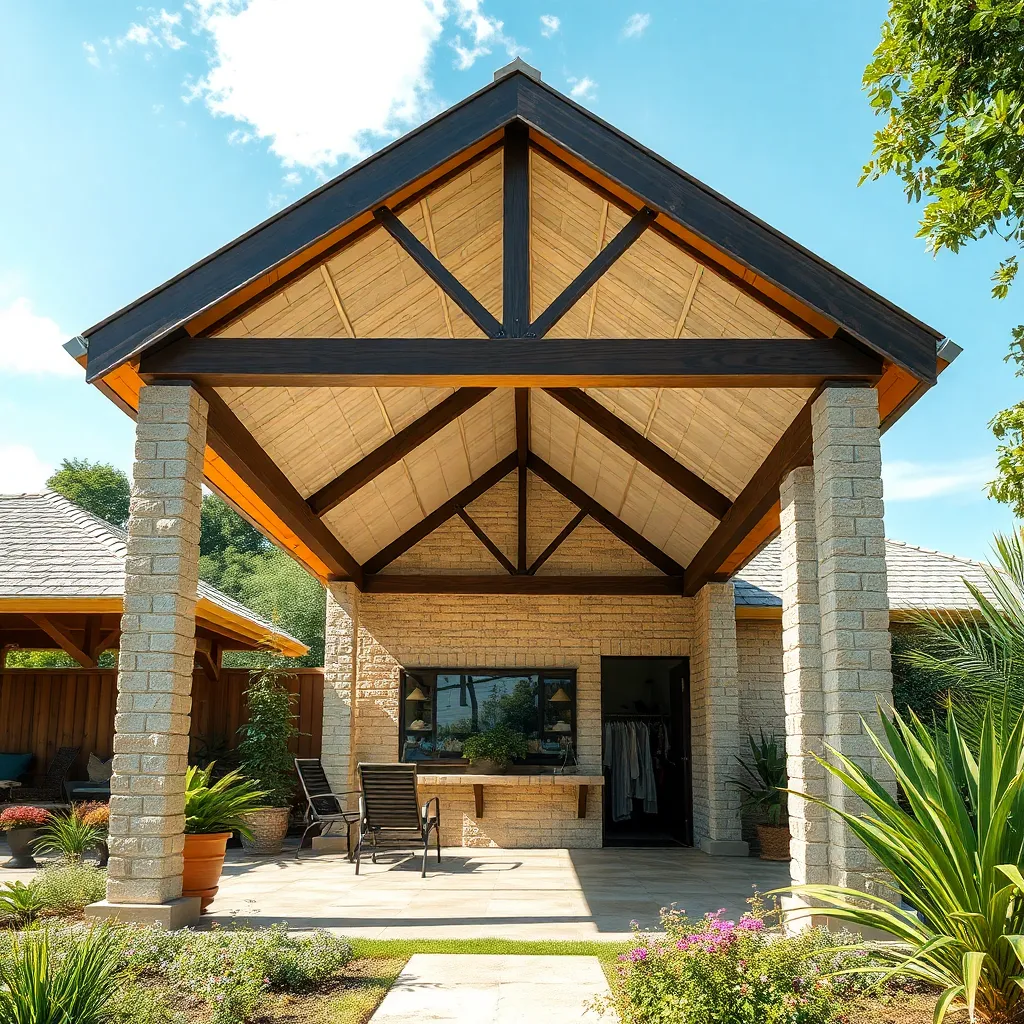Imagine transforming your garden into a charming retreat where you can unwind beneath a beautifully crafted rustic shelter. Whether you’re just beginning your outdoor design journey or you’re a seasoned homeowner with a love for the outdoors, creating a stylish yet functional space can enhance your garden’s allure and provide a serene escape right at your doorstep.
In this article, we’ll explore a variety of rustic shelter ideas that blend seamlessly with nature while offering practical solutions for year-round enjoyment. From selecting the right materials to integrating your personal style, you’ll discover actionable insights to elevate your garden’s aesthetic and functionality, ensuring your outdoor space is as inviting as it is inspiring.
Choosing Rustic Shelter Designs

When selecting a rustic shelter design for your garden, consider using materials like reclaimed wood, stone, or wrought iron to enhance the natural aesthetic. These materials not only provide durability but also blend seamlessly with outdoor surroundings. For beginners, a simple pergola with exposed wooden beams can offer an inviting space, while more advanced enthusiasts might consider incorporating intricate stonework or a thatched roof for added authenticity.
Incorporating design elements such as open sides or trellises can help integrate the shelter with your garden, allowing vines and plants to climb and embellish the structure. Ensure the dimensions of your shelter fit your space needs—typically, a height of 8-10 feet provides ample headroom, while the width and length can be tailored to your garden’s layout.
- Mix textures by using different wood stains or adding metal accents for a unique touch.
- Think about positioning your shelter to take advantage of natural light and garden views, enhancing both comfort and ambiance.
Incorporating Natural Materials Smartly

Integrating natural materials into your garden shelter can enhance its rustic charm while ensuring durability. Consider using locally sourced timber, which not only supports sustainability but also blends seamlessly with your garden’s environment. Opt for weather-resistant woods like cedar or redwood; these materials are not only aesthetically pleasing but also stand up well against the elements. For beginners, starting with untreated wood and applying a natural oil finish can preserve the wood’s natural look while offering protection.
For a more advanced touch, incorporate stone or clay into your design to add texture and warmth. Stone bases or accents can provide a sturdy foundation and an earthy feel. When working with stone, ensure the pieces are well-fitted to prevent moisture from seeping in, which can cause damage over time. Using a layered technique with different sizes of stones can add depth and interest. For roofing, consider using thatch or wooden shingles to maintain the rustic theme while offering excellent insulation and protection.
Enhancing Garden Aesthetics Elegantly

To elegantly enhance your garden’s aesthetics, consider integrating rustic pergolas or gazebos crafted from weathered wood or wrought iron. These structures not only provide shade and a focal point but also blend seamlessly with natural surroundings. Beginners can start with a simple wooden pergola using cedar or redwood, which are durable and naturally resistant to pests and decay. For a more advanced touch, incorporate climbing plants like wisteria or roses to drape over the structure, adding both color and fragrance.
For a refined appearance, think about adding decorative elements such as antique lanterns or vintage outdoor furniture. These can complement the rustic charm while providing functionality and comfort. When constructing, ensure your shelter is appropriately sized for your garden space—typically, a 10×10 feet pergola suits most midsize gardens. Advanced gardeners may choose to install slate or stone flooring beneath the shelter, providing a sturdy, elegant base that enhances the rustic appeal while ensuring low maintenance and durability.
Maximizing Comfort and Utility

To maximize comfort and utility in your rustic garden shelter, consider incorporating natural materials like reclaimed wood and stone, which offer both durability and aesthetic charm. Focus on functional design elements such as adjustable seating and tables to adapt to various activities, whether it’s a quiet morning coffee or a lively evening gathering. Beginners should ensure their shelter provides adequate protection from elements by using high-quality weatherproofing materials, while more advanced DIY enthusiasts might explore installing retractable awnings for flexible shade control.
Lighting plays a crucial role in creating a cozy atmosphere and enhancing usability after dark. Opt for solar-powered LED lights to illuminate pathways and seating areas, combining energy efficiency with rustic style. For an added touch of elegance, incorporate hanging lanterns or fairy lights that drape naturally around beams or trellises. Experienced gardeners might experiment with integrating a stone fireplace or a built-in barbecue pit, which not only adds warmth but also functionality for outdoor cooking and entertaining. Consider these elements to transform your shelter into a versatile and inviting garden oasis.
Maintaining Your Rustic Shelters

To keep your rustic shelter looking its best and enduring through the seasons, it’s essential to perform regular maintenance. Start by inspecting the structure for any signs of wear, such as loose joints or weathered wood. Using a weatherproof sealant on wood surfaces can prevent damage from rain and sun, extending the life of your shelter. For metal components, consider applying a rust-resistant paint to protect against corrosion. Regular cleaning with mild soap and water will help maintain the aesthetic appeal of your rustic design.
Incorporating durable materials like cedar or redwood can significantly reduce maintenance needs, as these woods naturally resist decay and insects. Consider adding a gravel foundation or stone pavers beneath the shelter to enhance stability and drainage, preventing water accumulation that could lead to rot. For a polished look, use outdoor-rated fabrics for any cushions or drapes, ensuring they are mildew-resistant and easy to clean. By prioritizing these simple yet effective strategies, you’ll preserve the charm and functionality of your rustic garden haven for years to come.
Conclusion: Creating Beautiful Outdoor Spaces
As we journeyed through the charming world of stylish rustic garden shelters, we uncovered five key relationship concepts that these spaces symbolically nurture: communication, by fostering open dialogues in serene settings; intimacy, through creating cozy nooks for closeness; collaboration, as couples work together on DIY projects; reflection, offering tranquil spots for personal and mutual contemplation; and rejuvenation, providing a restful retreat from daily stresses. These rustic shelters are more than just architectural additions—they are havens for relationship growth and enrichment.
Your next step? Choose one of these concepts and commit to integrating it into your garden space, creating an environment that strengthens your relationship. Whether it’s building a simple bench or designing a full rustic retreat, let this project be a testament to your partnership.
Remember, relationships thrive with continuous nurturing. Save or bookmark this article now as a handy reference for when you seek inspiration or guidance. By embracing these concepts, you are laying the groundwork for a fulfilling relationship future, where connection and joy flourish. Empower yourselves today by taking this creative step, and watch as your relationship blossoms alongside your garden.
